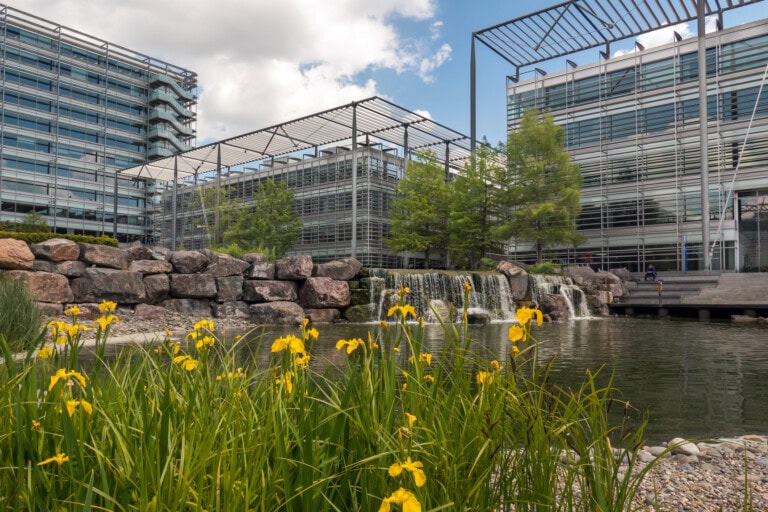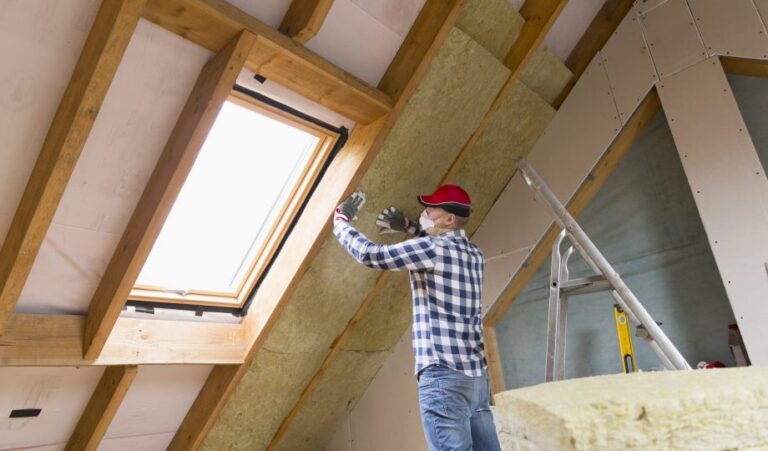Getting some air-time: filling the gaps in air quality policy

Just before the election was announced, the Head of NHS England warned Britain is living through a ‘health emergency’ caused by polluted air. This followed a study by KCL, highlighting that high air pollution triggers hundreds more heart attacks, strokes and acute asthma attacks each year.
With the environment high on voters’ minds, plans to tackle air pollution will no doubt be key in winning over worried constituents. However, new pledges will lead to technical questions for the built environment, including how to tackle less-talked-about areas such as: indoor air quality, construction emissions and the role of planning. As part of our work on health and wellbeing, UKGBC met with Defra to discuss three key policy gaps in addressing the air quality impacts of the built environment.
- Indoor air quality
In January 2019 the Government published its Clean Air Strategy which set out a long-term trajectory to halve the negative impacts of air pollution by 2030. However, it is currently unclear what this will mean for indoor air quality.
From an industry perspective, developers have found that one of the primary difficulties in designing buildings with good indoor air quality is quickly understanding the air quality impacts of different materials.
Encouragingly, the Clean Air Strategy mentions: improving VOC labelling on consumer products including construction products, and strengthening regulation of already controlled sources. The recently-launched consultation on the Future Homes Standard also raises the question of improved indoor air quality requirements.
BREEAM and LEED certifications have some coverage of indoor air quality and VOC testing. However, one area is which is lacking regulation on indoor air quality is planning. Health charities have long been calling for a pre-emptive focus on mitigation through a creating a formal role for air quality in planning.
- Environmental net gain
With plans to mandate biodiversity net gain through planning now in the post-election legislation queue, attention has turned onto how to use this model to encourage wider gains in other areas.
Air pollution in new development can come from both traffic and heat sources within the development itself. These could both be tackled by ‘environmental net gain’ stipulations in planning, with the aim being to encourage a ‘net positive’ impact on air quality. Whilst other priorities could be set locally, air quality improvements would still likely be looked upon favourably everywhere.
The environmental net gain policy is at very early stages in development, with the Draft London Plan a possible model of how it might work. This features the principle that new development cannot create new air pollution sources that exceed limits. If a project is deemed to have significant, negative, air quality impacts, it could be rejected.
Whilst there are already some useful standards in the WELL scheme, but what constitutes ‘air quality positive’ will need to be clearer. This includes how this relates to the development’s whole life cycle, particularly at construction.
- Construction emissions and Non-Road Mobile Machinery
Non-Road Mobile Machinery (NRMMs), such as industrial and construction equipment, is responsible for 7% of London NOX emissions and is a significant source of PM pollution. Whilst new models have become progressively cleaner through new emission standards, there is no national register for such machine which poses a challenge to regulating them.
Defra are currently reviewing data on both machinery use and lifespan and have commissioned a research project on NRMM emission controls.
Get involved
UKGBC will remain closely involved with Defra’s work on this issue over the next parliament.
We are also engaging in a global air quality monitoring campaign called Plant a Sensor. This open participation campaign is being led by the WorldGBC global network to increase access to valuable, reliable ambient and indoor air quality data on a global scale. Find out more and get involved at WorldGBC.org/plant-a-sensor
Defra have invited input from our members in these research areas. Those interested are welcome to contact Philip Box (philip.box@ukgbc.org) or Sophia Cox (sophia.cox@ukgbc.org) for more information on how to get involved.
Related
Storms, climate change and how we make our cities resilient

Sustainable Construction for the Sustainable Development Goals

Fixing the Competency Gap: Moving Beyond Qualifications in Domestic Retrofit

UKGBC Members visit Coal House in Cardiff

